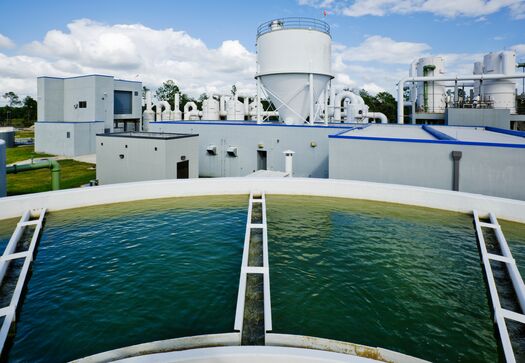Sustainable site operations
Ahlstrom is a world leader in innovative fiber-based specialty materials, with world-class science capabilities, a global footprint and agile, multi-technology assets. Our operations have direct and indirect impacts on the environment. Some of our key impacts are related to our manufacturing processes which consume resources such as raw materials, energy and generate waste and emissions to air and water. We work strategically to reduce these impacts and to move towards lower environmental footprint.
Ahlstrom’s operational environmental performance is reinforced by internationally recognized standards, audited by third parties, particularly in the areas of environmental protection and energy use. By the end of 2024, 30 of the company’s production facilities had secured ISO 14001 and 11 had ISO 50001 certifications. These systems better ensures compliance with policies, standards, and guidelines at Ahlstrom plants, and facilitates annual reviews of these practices supporting continuous improvement.



